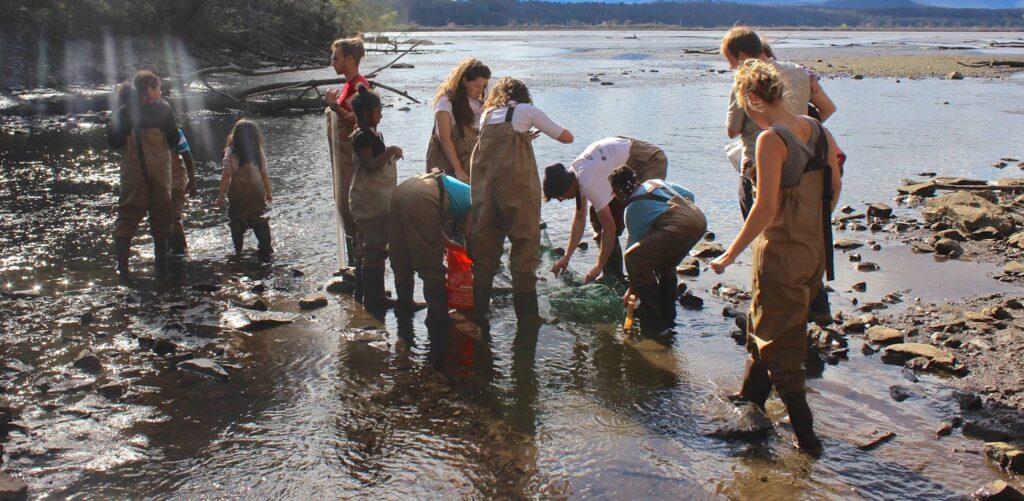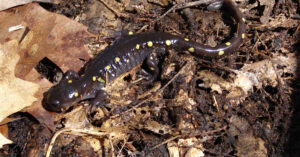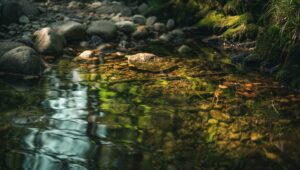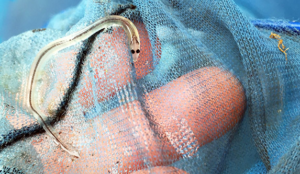Highlights
- The next SKWC Advisory Council meeting will be held at Red Hook Village Hall from 6:30-8:00pm on December 17th. These meetings are open to the public and anyone interested in participating is encouraged to join us!
- We will be hosting Kitchen Table Discussions throughout the winter months to engage with members of the community about the Town of Red Hook Comprehensive Plan update. The first meeting will be held at the Red Hook Public Library on Thursday, January 22nd at 1:00 PM. Please join our email list to be notified with more details and register for the event.
Water Quality Monitoring
Water quality monitoring on the Saw Kill is managed today by the Center for the Study of Land, Air, and Water, in conjunction with the SKWC and the Bard Community Water Lab. CLICK HERE TO LEARN MORE about the history of water quality monitoring, how sampling works, and how you can participate!
Amphibian Migration
Each Spring, several species of amphibians (salamanders, frogs, and toads) emerge from their winter hibernation to migrate back to the vernal pools where they were born to lay their eggs for the next generation. Some of these amphibians travel great distances, crossing roads to get to their final destination. To help them migrate safely, the NYSDEC started the Amphibian Migrations and Road Crossings Project (AM&RC) over 10 years ago to train volunteers to help with the road crossings and also collect important data about the conditions of the migrations nights, which species are observed, and how many (alive or dead) are spotted at various locations. The Saw Kill Watershed Community works in tandem with the Department of Environmental Conservation (DEC) to collect and share data and observations within our watershed. In addition to sending the data to the DEC, the SKWC also uses the data to help assess the health of the watershed and to identify future local conservation efforts.
Stream Naming
The Saw Kill (called Metambesem by the Algonquin peoples) reaches its terminus in the Hudson (Mahicannituck) only after picking up water from 22 unnamed streams in its watershed. While unnamed streams are often left out completely in planning and consideration, named and mapped streams can be powerful tools in protecting the resilience of a watershed. Naming can provide a community with a sense of place and pride, a way to connect to the ecological, recreational, and scenic beauty of a waterway. CLICK HERE to learn more.
Eel Monitoring
The eel project on the Saw Kill is a joint student/community undertaking every spring and summer, in which juvenile eels are counted, sized, and released above the dam, on their journey upstream. To learn more, including how to volunteer, CLICK HERE.
Community Presentations
SKWC Community meetings feature a wide variety of talks, presentations, and discussions on everything from education to habitat to property rights and more! Click HERE here for a summary of recent presentations. Additional information can be found on our Resources page, as well as in our archived Newsletters. We hope you’ll consider joining us at our next meeting!
Newsletters
We regularly send out newsletters to our mailing list with updates on news, projects and campaigns related to the Saw Kill Watershed. Sign up to receive our newsletter! And visit our Newsletter Archive to review past newsletters, searchable by topic.






